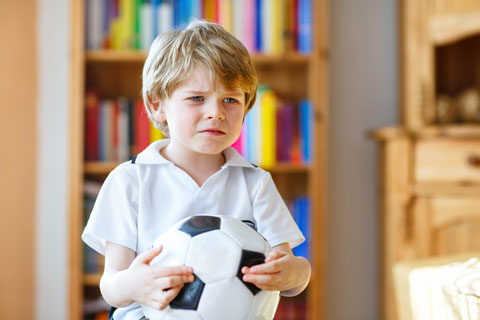Transitions are the times when children change from one activity to another. Young children sometimes react to transitions by engaging in challenging behaviors. Consistent classroom routines may help, but young children can still find transitions difficult. Good planning helps teachers smooth the way.
Decrease the number of transitions.
The resulting longer blocks of uninterrupted time…
- Allow children to explore activities in depth and stay engaged.
- Encourage children to interact with each other.
- Provide opportunities for teachers to interact with individual children.
Reduce waiting time.
- Suggest that children who have finished a task help another child or move on to another activity. For example, children can choose a book to look at if they finish what they are doing before a planned transition.
- Have a flexible snack time, within limits. The snack can be available for children to serve themselves during this time. Not all children need to stop to eat at the same time.
Alert children to upcoming transitions.
- Provide verbal notice a few minutes before children will need to stop what they are doing. Some children will need a personal reminder.
- Consider using nonverbal cues to prepare children for transitions. Display a picture of the next activity or use music as a signal to help children prepare for a change in activity. Special songs may mean, “Time to get ready to go outside” or “Time to clean up.”
Make necessary transitions fun.
- Use games and songs when you need to have children come together. Try clapping in rhythm or starting a song and having the children join in.
- Teach children to pretend to be statues when they hear a signal, such as a bell. This simple game can make it easy to give instructions to the whole group.
- Notice and comment to children when transitions go smoothly. “Isaac, I saw how neatly you put away your art supplies and came to listen to our story.”
Make cleaning up a regular habit.
- Help children store unfinished work.
- Model and teach children clean-up skills, with adults gradually doing less over time.
- Use pictures to show the steps to take to clean up an area.
- Create simple labels for shelves and cabinets to help children put away toys and supplies in the right place.


 PDF
PDF